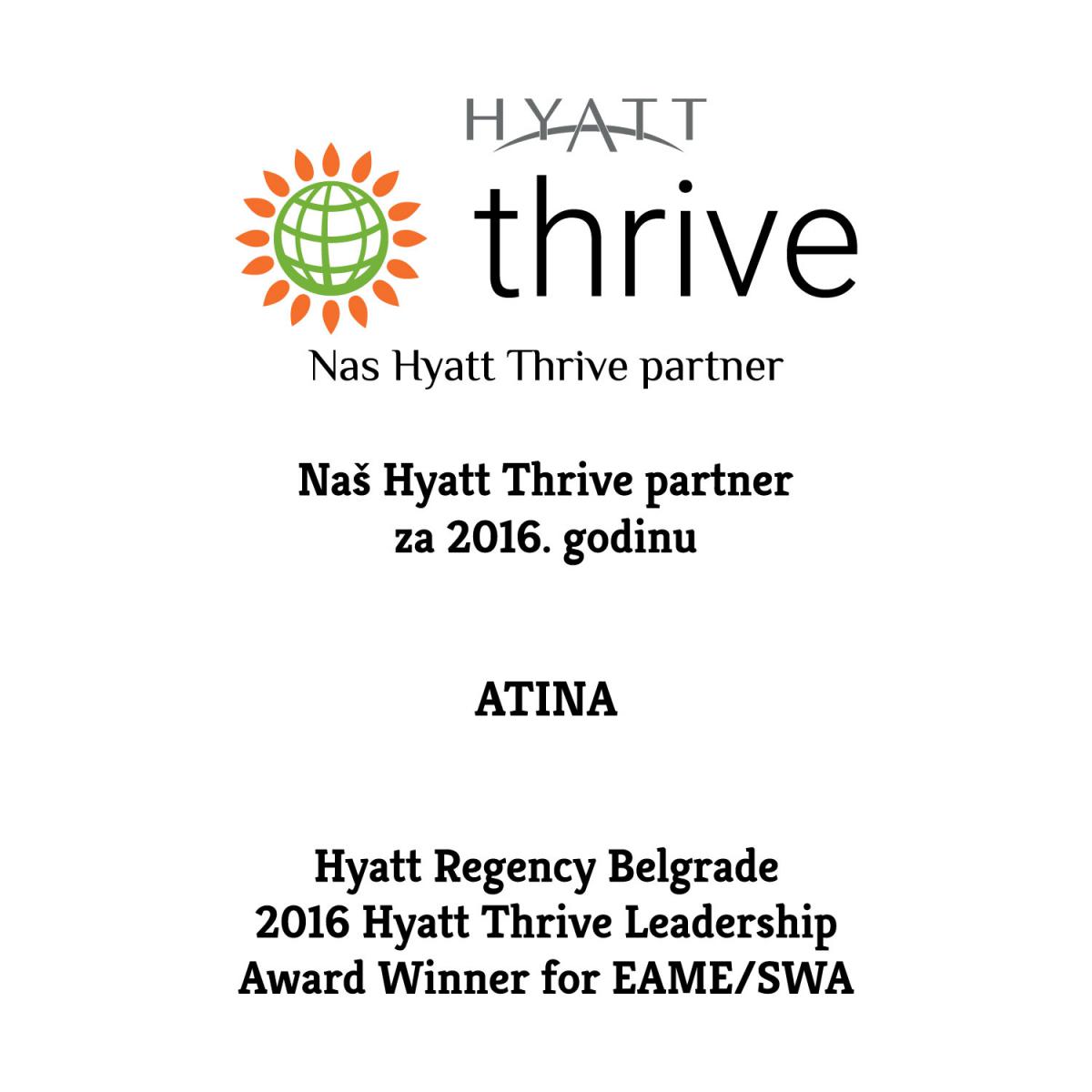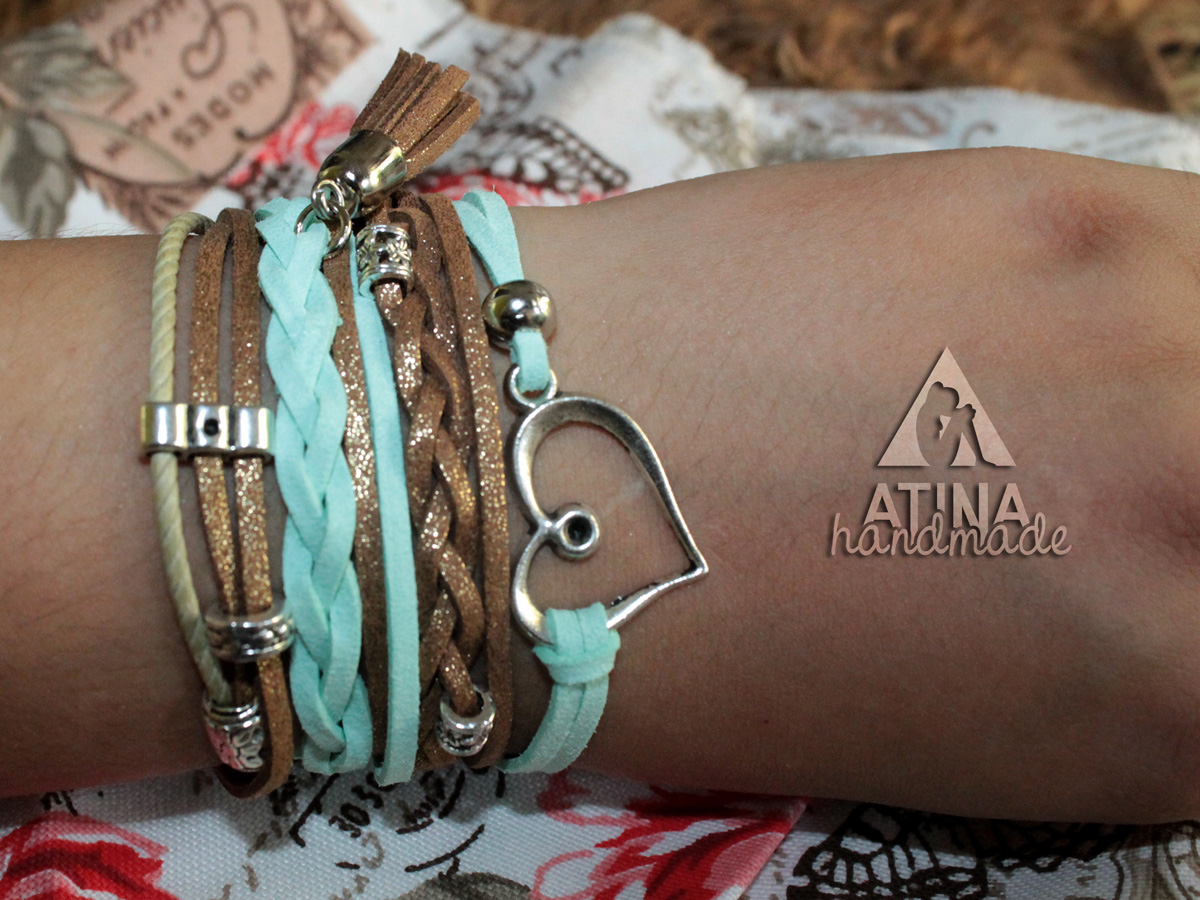Hotline: +381 61 63 84 071
“In front of the Screens” research on gender-based violence in the digital environment

Girls are not as safe in a digital environment as boys
Results of the research “In front of the Screens” on gender-based violence in the digital environment
NGO “Atina” has published its latest research “In front of the Screens” about gender-based violence in the digital environment. The research was conducted in the first half of 2022, with the participation of 624 18 and 19-year-old girls from 24 high schools in Belgrade, Niš and Subotica.
The issue of safety took a key place in the research due to the risk of digital violence which is higher among girls, and the results indicate that the highest percentage of respondents (78 percent of them) believe they are not as safe as young men. More than half of the respondents who participated in the research (53.2 percent of them) stated that they have experienced violence in the digital environment and that they know a peer who has had this experience.
They concluded that women and girls are more exposed to violence in the digital environment than men and boys, and as the most common reason, the respondents stated that girls are more often exposed to judgement if their behaviour differs from an already established or expected pattern (62 percent). The second most common reason why girls suffer violence in the digital environment more often, 24 percent of them state that girls are more exposed to violence in general, and that violence just spreads into the digital environment as well.
Girls are not to blame for the violence they experience
Only 53.2 percent of respondents stated that girls are not to blame for the violence they experience, regardless of the content they post in the digital environment. On the other hand, almost a quarter of respondents (23.1 percent) said that girls do have a responsibility and should choose the content they post, as this is a way to protect themselves from violence. A slightly lower number, 18 percent, believes that girls must use passwords, and keep their profiles private as that is a good way to protect themselves.
Based on the common characteristics of the forms of violence mentioned by the respondents, it can be concluded that they most often recognize verbal violence, which in their opinion includes insults, offensive comments related to their appearance, belittling, humiliating comments, etc.
The research showed that great distress, fear and anxiety are the most common consequences of abuse of girls in Serbia through information and communication technologies, which occur along with a number of other psychophysical and emotional consequences, such as depression, phobias, suicidal thoughts or suicide, difficulties in establishing emotional relations, and others.
Only 10 percent of respondents would formally report violence in the digital environment
“Only about 10 percent of respondents would decide to formally report violence in the digital environment, which once again confirms that we all have an important task ahead of us – above all, strengthening the social response, which would not place the blame for violence on the victim herself, rather creating a space that nurtures the survivors’ experiences and systemically prevents further occurrences of such practices. The respondents also testify that, just because they are girls, they receive various comments about their appearance in the digital environment, and the photos they post are often the target of male criticism. On the other hand, various business offers, explicit photos in private messages, and fake profiles used to send inappropriate content are mostly created by men; one of the interviewees described this as a ‘Balkan misogyny of a particular kind’,” concluded Zorana Parezanović from NGO Atina.
When asked to indicate whom they would turn to in the event of violence in the digital environment, respondents stated they would turn to their parents first, in 59.4 percent of cases, or to a trusted adult; 21.7 percent of them would turn to their friends; and even lower number, 10.2 percent of the girls, indicated that they would turn to the police or some other institution. Only 4.3 percent of the girls said that they would first look for information before approaching anyone.
In most cases, the respondents do not perceive the digital environment as safe, for a number of reasons, and they also recognize the gender dimension of digital violence against girls.
They identify various sources of possible harm in the digital environment and highlight the disclosure of personal data as the greatest risk, linking it to other forms such as possible persecution, cyberbombing, etc. The second most frequently mentioned source of risk in the digital environment is the option to post comments on a girl’s physical appearance as well as personal insults under the photos, videos and other content created by respondents on the Internet (targeting).
As the authoresses of the research state, the spread of the influence of digital networks has not only intensified existing forms of male violence,but has also created new mechanisms for causing more damage and harming girls and women.
“Testimonies of girls' individual experiences while using communication technologies and the Internet confirm there is a deeply rooted relation between gender stereotypes and gender-based violence; Because of that, the importance of a strong, targeted and continuous response to the causes of this issue must be raised to a higher level. The prevalence of male violence against women, as well as its impunity, strengthens social and individual readiness to allow and tolerate violence against women and girls, but also to be silent about it. Despite the fact that this form of violence is omnipresent, cyber or digital violence is actually no different from other forms of violence against women as it has the same basic goal - dominance of men over women and keeping the male position of power over women, with a particular complexity, as traces of this form of violence remain on the Internet forever,” said Zorana Parezanović, NGO Atina's project coordinator.












 FACEBOOK
FACEBOOK TWITTER
TWITTER YOUTUBE
YOUTUBE